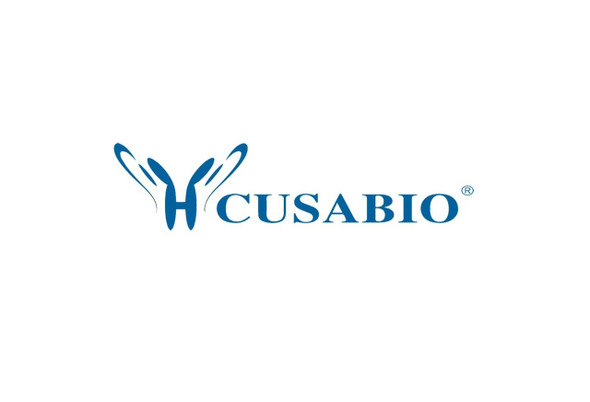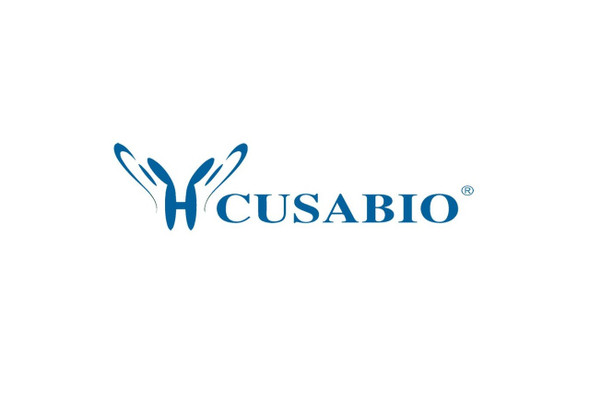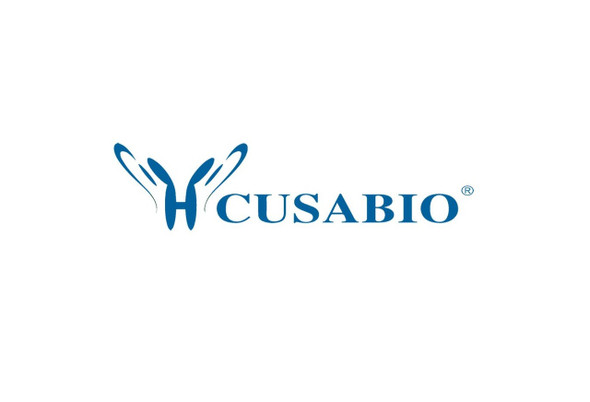Cusabio Staphylococcus aureus Recombinants
Recombinant Staphylococcus aureus Poly-beta-1, 6-N-acetyl-D-glucosamine N-deacetylase (icaB) | CSB-EP751939SKY
- SKU:
- CSB-EP751939SKY
- Availability:
- 3 - 7 Working Days
Description
Recombinant Staphylococcus aureus Poly-beta-1, 6-N-acetyl-D-glucosamine N-deacetylase (icaB) | CSB-EP751939SKY | Cusabio
Alternative Name(s): Biofilm polysaccharide intercellular adhesin deacetylase Short name: Biofilm PIA deacetylase Intercellular adhesion protein B
Gene Names: icaB
Research Areas: Others
Organism: Staphylococcus aureus (strain N315)
AA Sequence: NADDDSPKKLKYKENSALALNYHRVRKANFLNNFIYFFSSSKEIKNYSVSQSQFESQIKWLKSHDAKFLTLKEFLYYKKKGKFPKRSVWINFDDMDETIYENAYPILKKYKIPATGFIITGHVGEENFHNLDMISKKELKEMYKTGLWEFETHTHDLHNLSKNNKSKLMKASEATIIKDLNKSEKYLTKNFKKSQKTIAYPYGLMNDDKLPVIKKAGLKYGFSLEEKAVTPNSNDYYIPRILISDDAFEHLIKRWDGFHEKD
Source: E.coli
Tag Info: N-terminal 10xHis-tagged and C-terminal Myc-tagged
Expression Region: 29-290aa
Sequence Info: Full Length of Mature Protein
MW: 35.9 kDa
Purity: Greater than 85% as determined by SDS-PAGE.
Relevance: Catalyzes the N-deacetylation of poly-beta-1,6-N-acetyl-D-glucosamine (PNAG, also referred to as PIA), a biofilm adhesin polysaccharide. N-deacetylation is crucial for attachment of the polysaccharide to the bacterial cell surface; it leads to the introduction of positive charges in the otherwise neutral PIA polymer, allowing electrostatic interactions
Reference: "Whole genome sequencing of meticillin-resistant Staphylococcus aureus." Kuroda M., Ohta T., Uchiyama I., Baba T., Yuzawa H., Kobayashi I., Cui L., Oguchi A., Aoki K., Nagai Y., Lian J.-Q., Ito T., Kanamori M., Matsumaru H., Maruyama A., Murakami H., Hosoyama A., Mizutani-Ui Y.Hiramatsu K. Lancet 357:1225-1240(2001)
Storage: The shelf life is related to many factors, storage state, buffer ingredients, storage temperature and the stability of the protein itself. Generally, the shelf life of liquid form is 6 months at -20?/-80?. The shelf life of lyophilized form is 12 months at -20?/-80?.
Notes: Repeated freezing and thawing is not recommended. Store working aliquots at 4? for up to one week.
Function: Catalyzes the N-deacetylation of poly-beta-1,6-N-acetyl-D-glucosamine (PNAG, also referred to as PIA), a biofilm adhesin polysaccharide. N-deacetylation is crucial for attachment of the polysaccharide to the bacterial cell surface; it leads to the introduction of positive charges in the otherwise neutral PIA polymer, allowing electrostatic interactions (By similarity).
Involvement in disease:
Subcellular Location: Secreted, cell wall
Protein Families: Polysaccharide deacetylase family
Tissue Specificity:
Paythway:
Form: Liquid or Lyophilized powder
Buffer: If the delivery form is liquid, the default storage buffer is Tris/PBS-based buffer, 5%-50% glycerol. If the delivery form is lyophilized powder, the buffer before lyophilization is Tris/PBS-based buffer, 6% Trehalose, pH 8.0.
Reconstitution: We recommend that this vial be briefly centrifuged prior to opening to bring the contents to the bottom. Please reconstitute protein in deionized sterile water to a concentration of 0.1-1.0 mg/mL.We recommend to add 5-50% of glycerol (final concentration) and aliquot for long-term storage at -20?/-80?. Our default final concentration of glycerol is 50%. Customers could use it as reference.
Uniprot ID: Q7A349
HGNC Database Link: N/A
UniGene Database Link: N/A
KEGG Database Link: KEGG
STRING Database Link: N/A
OMIM Database Link: N/A









